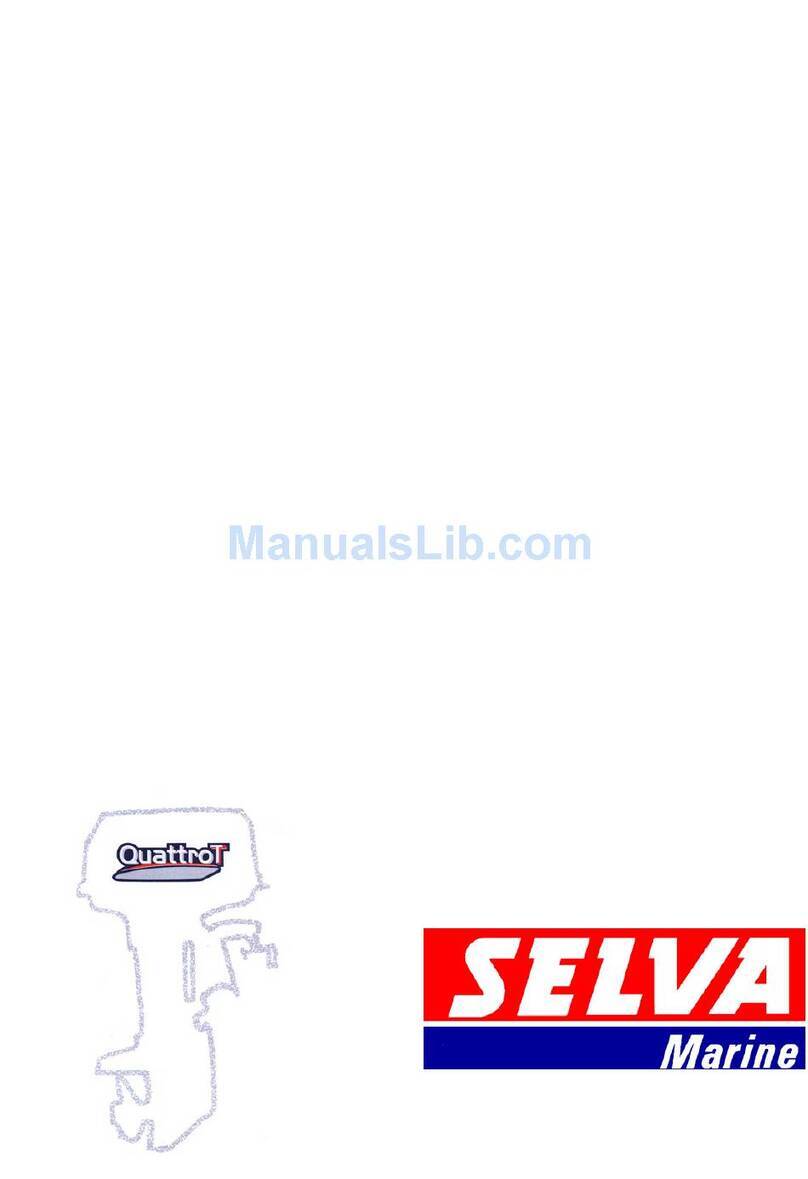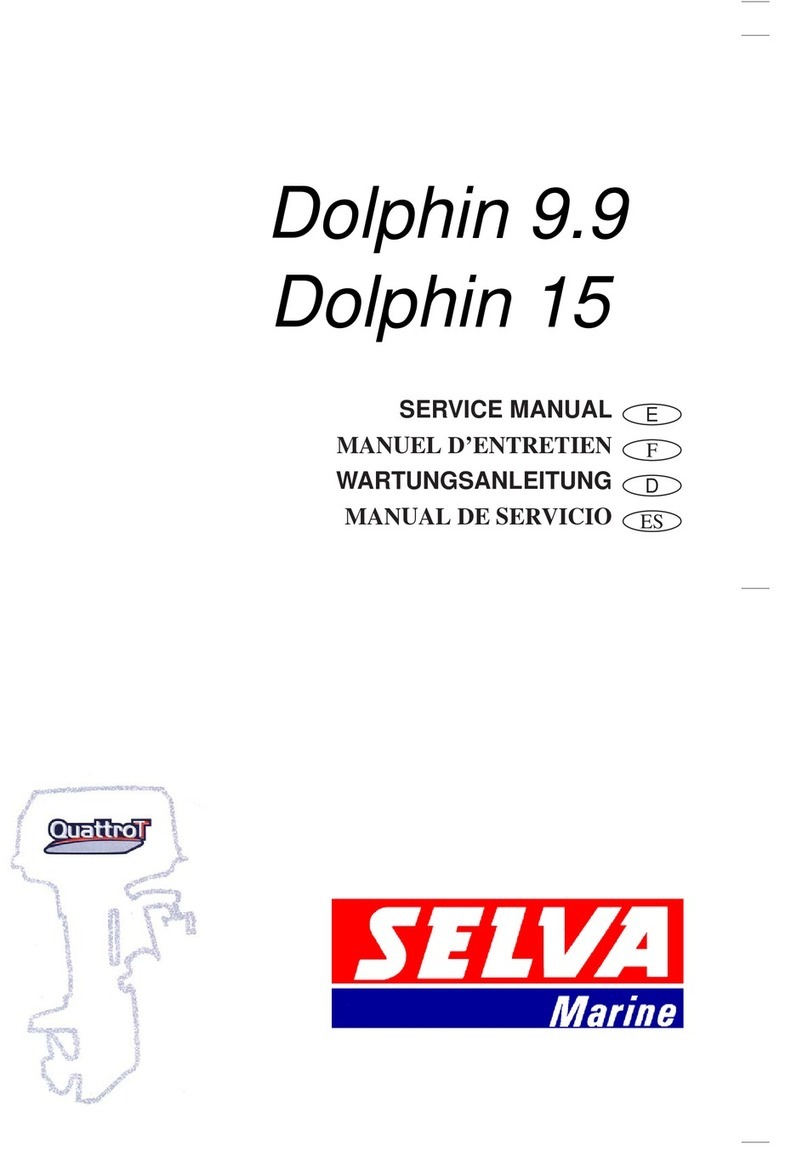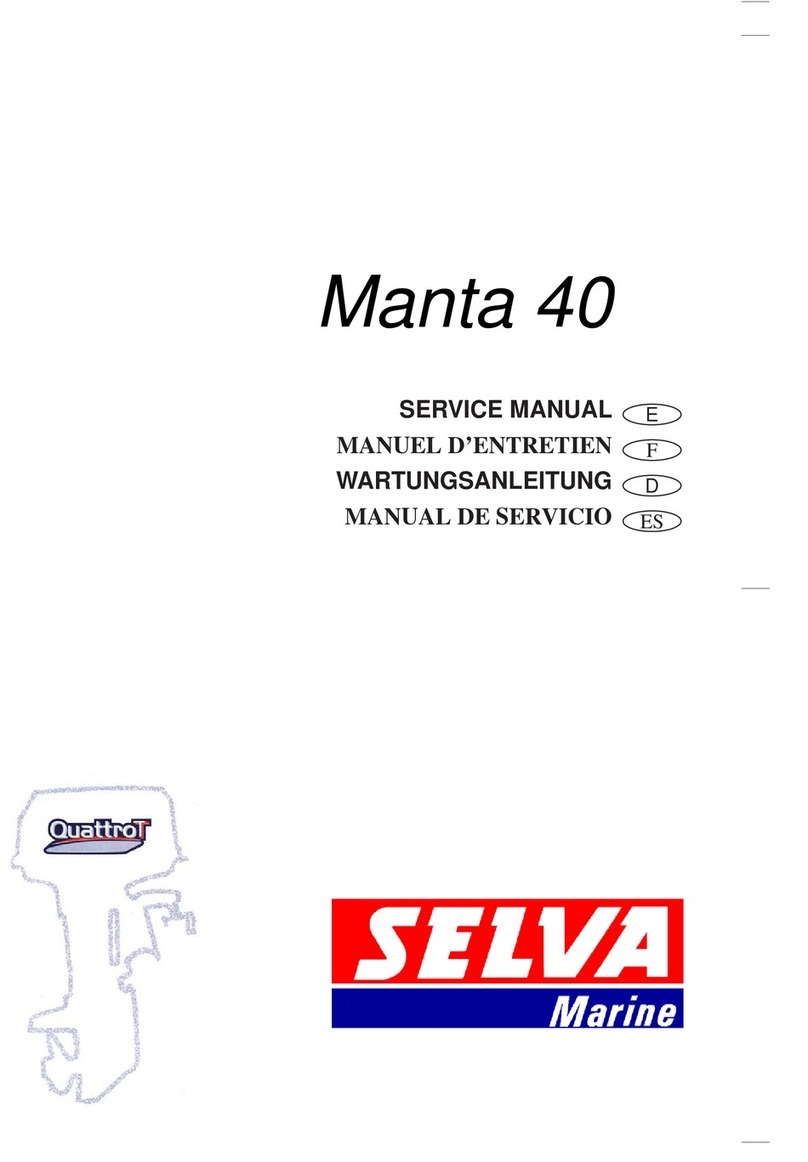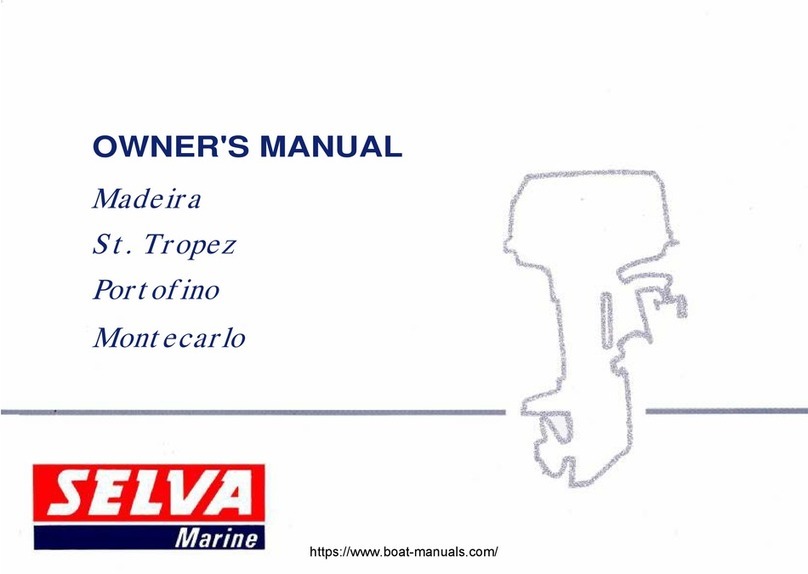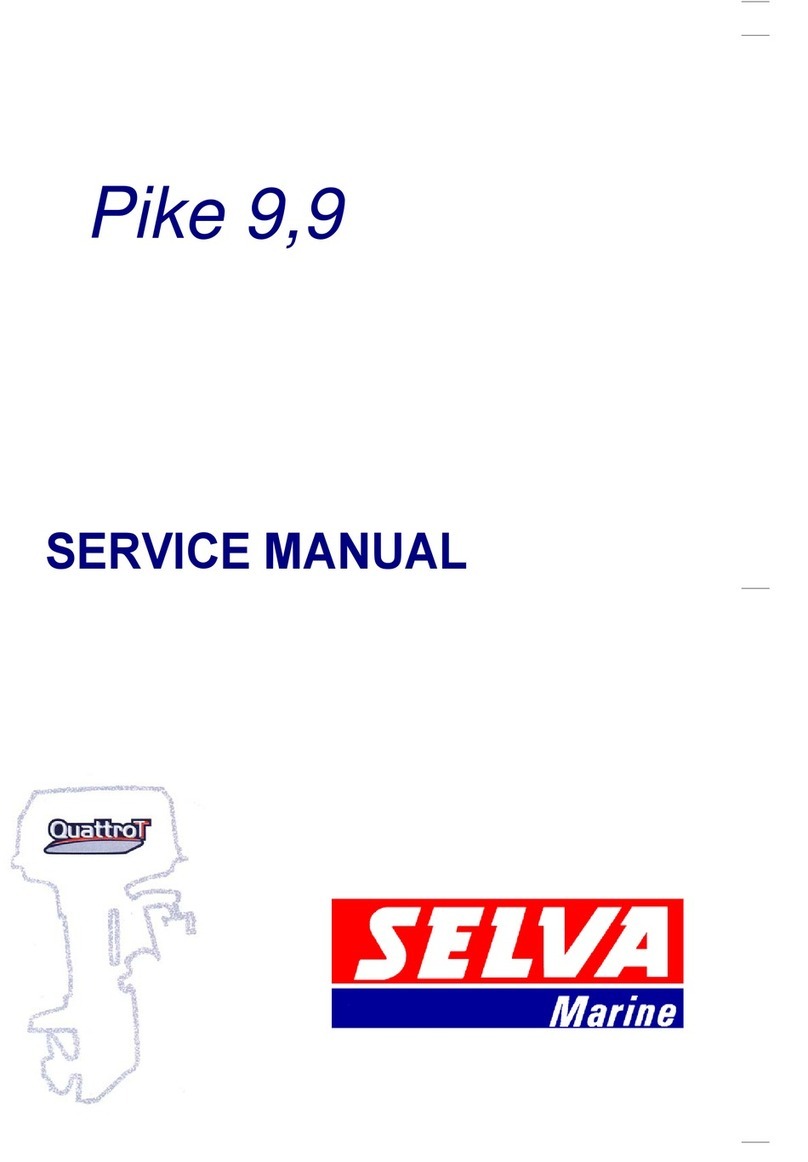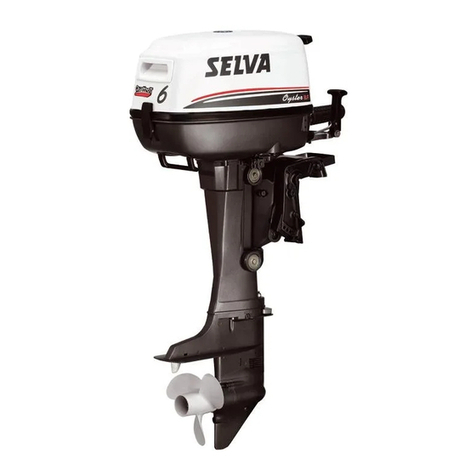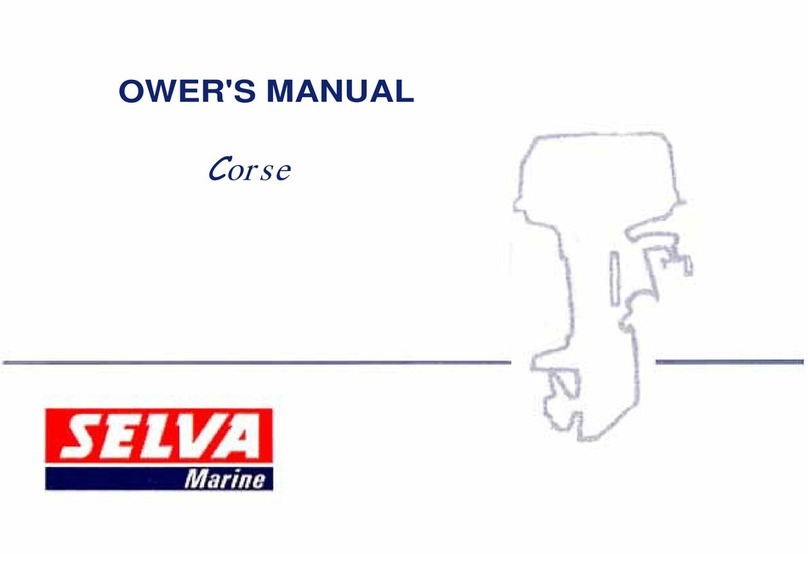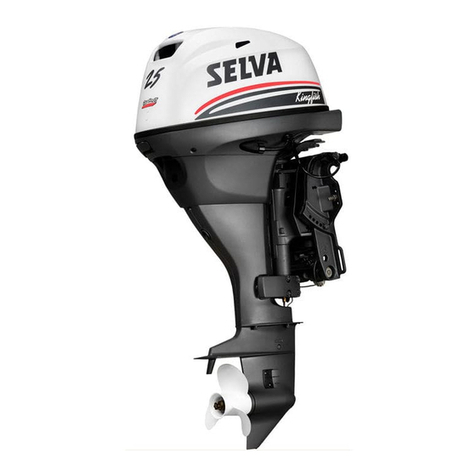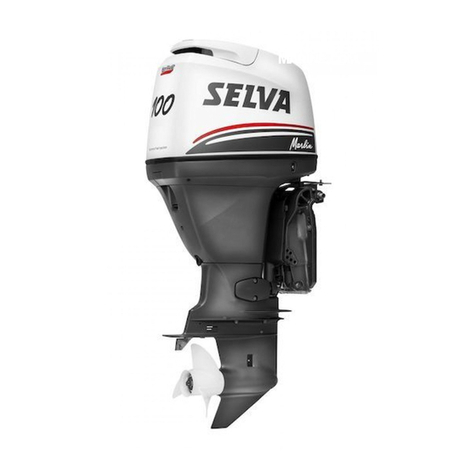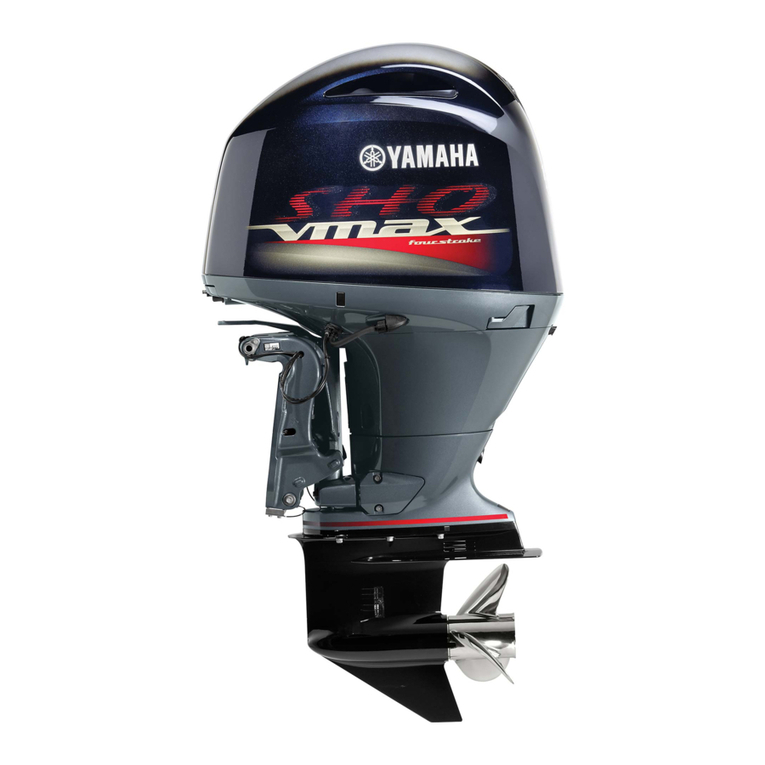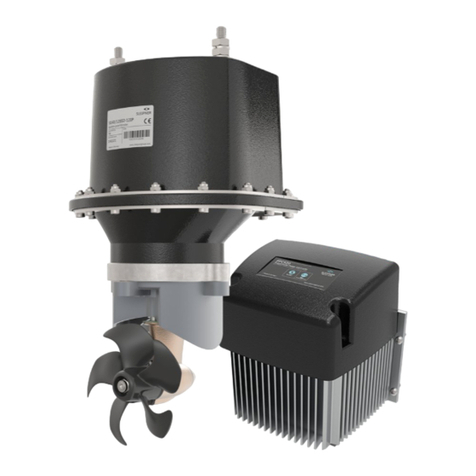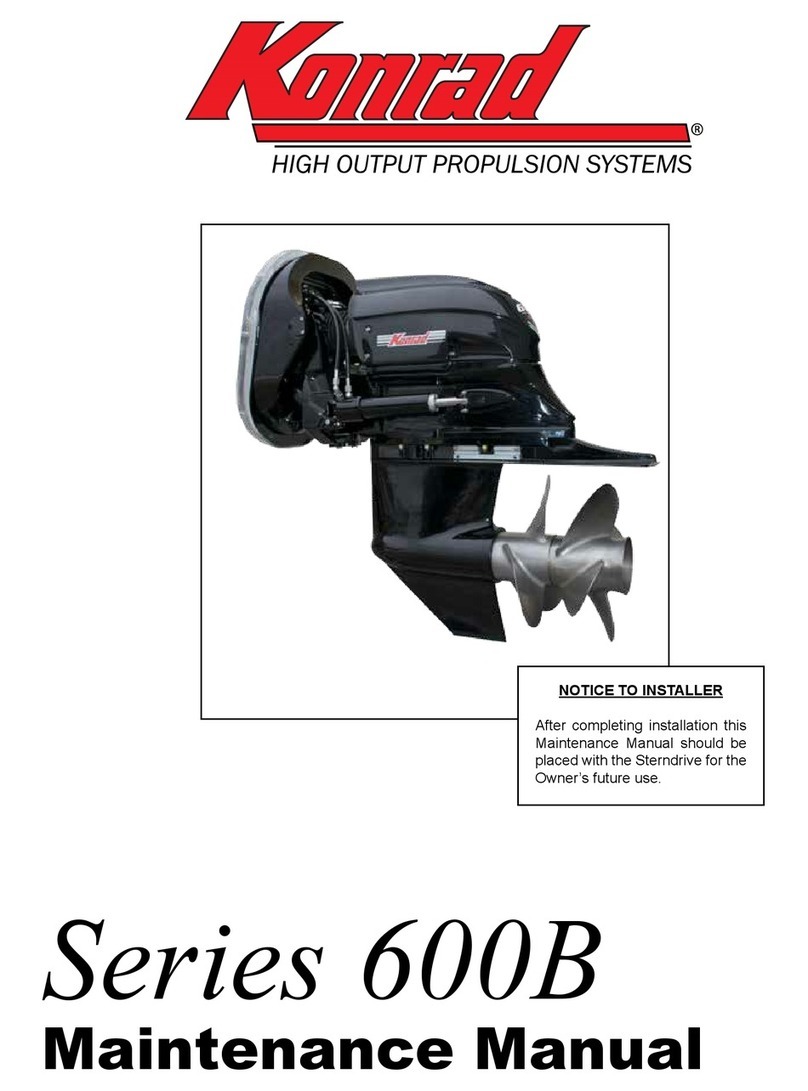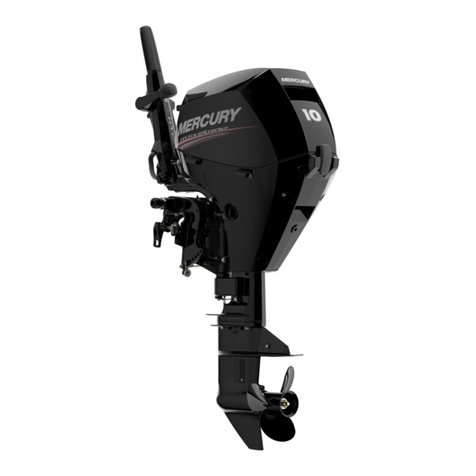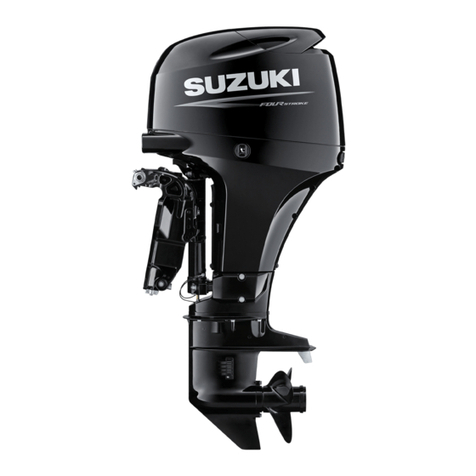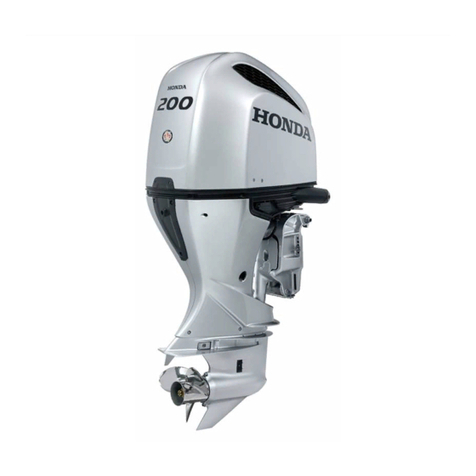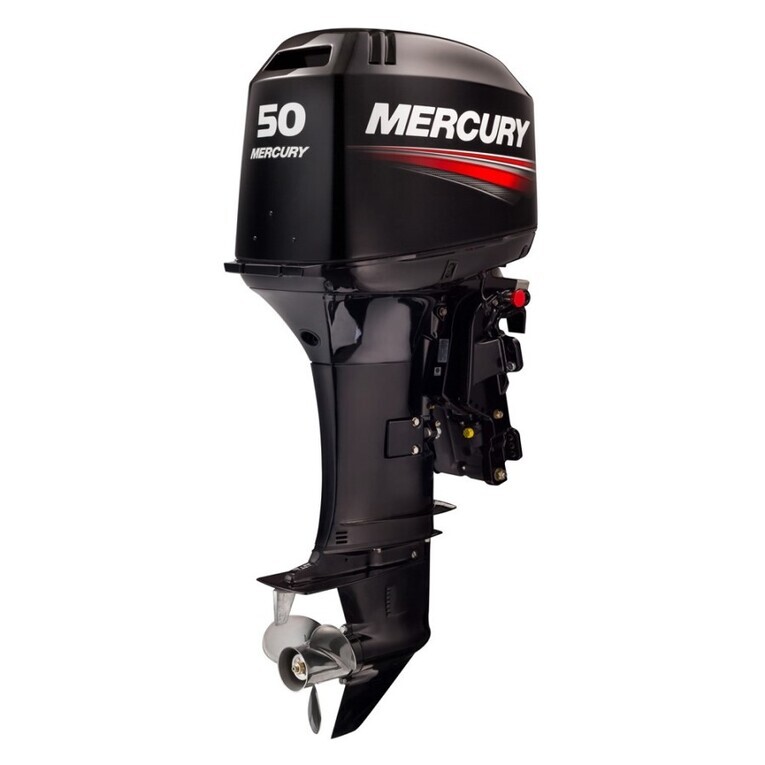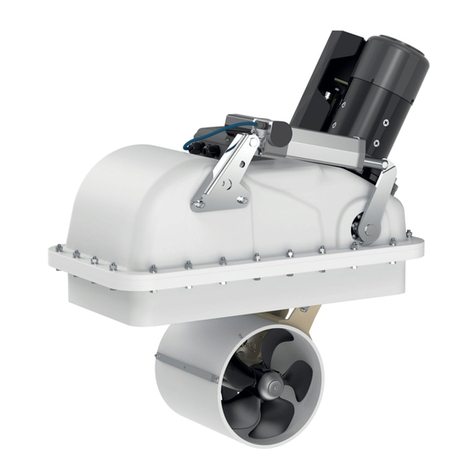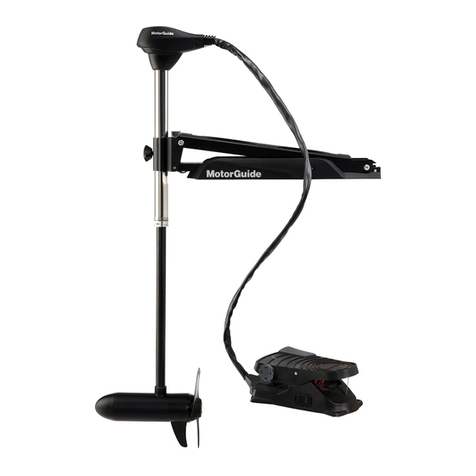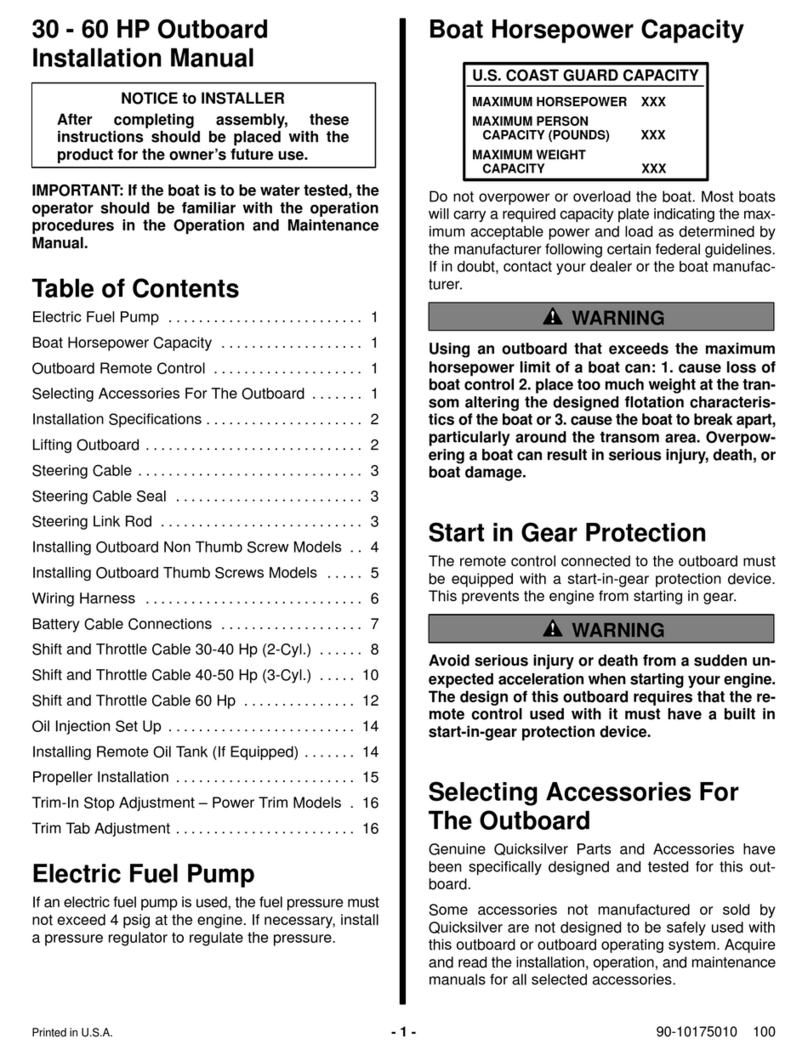4
CONTENTS
GENERAL INFORMATION.............................................................1
Introduction....................................................................................2
Outboard motor identification data.................................................3
Serial number record.....................................................................3
Directions for use. Basic safety measures.....................................5
Specifications.................................................................................8
Location of main components........................................................9
Control functions...........................................................................10
Wiring diagram..............................................................................11
Symbols........................................................................................11
THE USE OF OUTBOARD MOTOR..............................................12
Preliminary controls chart ............................................................12
Check of the supply......................................................................13
Outboard motor mounting.............................................................13
Trim angle adjusting .....................................................................14
Refuelling ....................................................................................15
Fuel...............................................................................................15
Mixing oil.......................................................................................15
Starting ........................................................................................16
Verifications before starting the motor..........................................16
Starting procedures ......................................................................16
Verifications when the motor is on................................................16
Use of the motor...........................................................................16
Running-in procedure.................................................................17
Stopping procedure....................................................................17
Emergency stopping procedures ..................................................17
Stopping in normal conditions.......................................................17
Operating in reverse gear...........................................................17
Removal of the motor from the boat..............................................17
Cleaning.......................................................................................18
Cleaning outside ...........................................................................18
Cleaning cooling-water passages.................................................18
MAINTENANCE..............................................................................18
Introduction ...................................................................................18
Periodic inspections and adjustments chart..................................19
Greasing chart ..............................................................................19
Greasing and additions.................................................................20
Gearbox-oil change.......................................................................20
Adjustment of idle..........................................................................20
Sacrificial anode............................................................................20
Spark-plug.....................................................................................21
Replacement of the propeller........................................................21
Storage..........................................................................................21
TROUBLESHOOTING....................................................................22
Troubleshooting chart ...................................................................22
EXPLANATORY PICTURES..........................................................25

